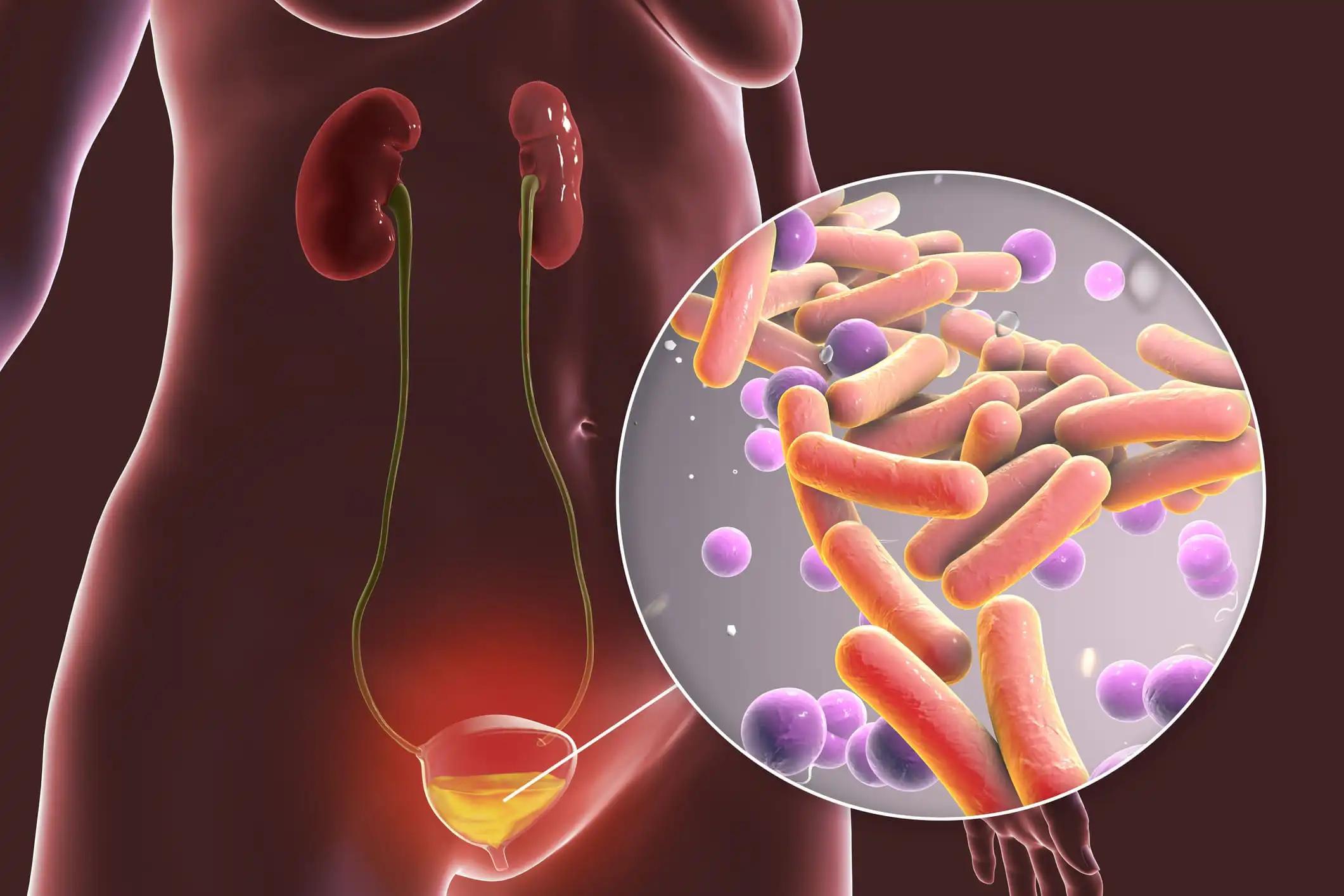KEY TAKEAWAYS
- The PemCab phase 2 trial aimed to investigate the safety and efficacy of the Pem + Cabo as a 1L therapy for treating mUC pts.
- The primary endpoint was to determine ORR, and the secondary endpoints were to determine PFS and OS.
- Researchers noticed a manageable toxicity profile and promising efficacy of Pem + Cabo for 1L therapy in mUC pts; further investigation is ongoing.
Pembrolizumab (pem) was initially approved for first-line (1L) treatment of metastatic urothelial carcinoma (mUC) in cisplatin-ineligible patients (pts) with high PD-L1 expression and platinum-ineligible pts regardless of PD-L1 status. However, subsequent revisions restricted its approval to only platinum-ineligible pts, and pem monotherapy exhibited a notable high disease progression (PD) rate. Cabozantinib (cabo), a receptor tyrosine kinase inhibitor targeting MET and VEGFR2, has shown efficacy in various malignancies as monotherapy or in combination with PD-1 inhibition. Rohit K. Jain and his team aimed to assess that combining pem and cabo would offer a safe and efficacious 1L therapy for treatment-naïve mUC pts.
They performed an inclusive analysis within a phase II, open-label, multi-center, single-arm trial assessing the tolerability and activity of pem at 200 mg every 3 weeks and cabo at 40 mg daily as first-line treatment for pts with mUC. The trial enrolled pts with histologically proven locally advanced or mUC, an ECOG-PS of 0-2, cisplatin ineligibility (including patient refusal of cisplatin), treatment naivety, and no prior PD-1/L1 therapy.
The primary endpoint was the objective response rate (ORR), with key secondary endpoints including progression-free survival (PFS) and overall survival (OS). A lead-in safety cohort of 6 pts was incorporated. The hypothesis posited that the combination therapy would enhance the ORR to > 32%. With 35 evaluable subjects, the lower bound of the 95% CI was expected to extend no more than 26% from the observed proportion. The criterion for success was achieving ≥17 objective responses, ensuring the CI excluded 32%.
About 36 pts were enrolled between December 26, 2018, and April 19, 2023, with 35 evaluated for response, representing a median follow-up of 14.4 months (95% CI 12.2 – 16.2). The cohort exhibited a median age of 72.5 years (range 47-82), with 89% of pts having an ECOG PS of 0-1. Notably, 15 pts demonstrated responses (ORR= 42.8%), including 5 complete responses (14.3%), while stable disease was observed in 10 pts (28.6%). The disease control rate (DCR) reached 68.5% (25/35). Median PFS was calculated at 7.7 months (95% CI 4.2 – 11.2).
Regarding treatment-related adverse events (TRAE), 52% of pts developed any grade events attributable to either cabo or pem. The most common grade 1/2 TRAEs encompassed diarrhea, anorexia, dysgeusia, weight loss, and nausea. Further, 44% of pts experienced grade 3/4 TRAEs, with the most frequent occurrences being hypertension, hypophosphatemia, alanine transaminase elevation, diarrhea, and fatigue.
The study concluded that the novel phase II trial of Pem + Cabo exhibited a manageable toxicity profile and promising efficacy in first-line therapy for mUC, even in pts ineligible for cisplatin. Ongoing investigations prioritize further exploration of predictive biomarkers to enhance treatment precision and outcomes in this patient population.
The study is sponsored by University of Utah
Source: https://meetings.asco.org/abstracts-presentations/230644
Clinical Trial: https://clinicaltrials.gov/study/NCT03534804
Jain R K, Swami U, Bilen M A, et al (2024). “Cabozantinib plus pembrolizumab as first-line therapy for cisplatin-ineligible advanced urothelial carcinoma (PemCab).” Presented at ASCO- GU 2024 (Abstract 539).



